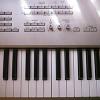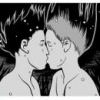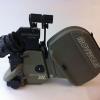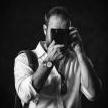Subforums
-
-
- 28
- posts
17,111 topics in this forum
-
- 5.7k replies
- 1.4m views
-
- 526 replies
- 174.6k views
-
- 21 replies
- 5.8k views
-
- 1 reply
- 10.7k views
-
- 8 replies
- 142 views
-
- 28 replies
- 1.3k views
-
- 36 replies
- 1.2k views
-
- 72 replies
- 15.4k views
-
- 83 replies
- 8.2k views
-
- 22 replies
- 4.1k views
-
- 1 reply
- 163 views
-
- 234 replies
- 86.3k views
-
- 8 replies
- 3.7k views
-
- 8 replies
- 833 views
-
- 41 replies
- 5.5k views
-
- 429 replies
- 123.9k views
-
- 88 replies
- 8.7k views
-
- 723 replies
- 222.8k views
-
- 4 replies
- 395 views
-
- 23 replies
- 1.6k views
-
- 1 reply
- 357 views
-
- 12 replies
- 1.5k views
-
- 11 replies
- 670 views
-
- 22 replies
- 1.1k views
-
- 61 replies
- 4.9k views
-
- 18 replies
- 778 views
-
- 12 replies
- 8.6k views
-
- 33 replies
- 4.7k views
-
- 11 replies
- 1.7k views
-
- 11 replies
- 2.7k views
-
- 28 replies
- 2.1k views
-
- 415 replies
- 66.8k views
-
- 18 replies
- 1.8k views
-
- 32 replies
- 2.7k views
-
- 80 replies
- 13.1k views
-
- 3 replies
- 668 views
-
- 63 replies
- 19.1k views
-
- 6 replies
- 911 views
-
- 16 replies
- 1.2k views
-
- 7 replies
- 5k views












